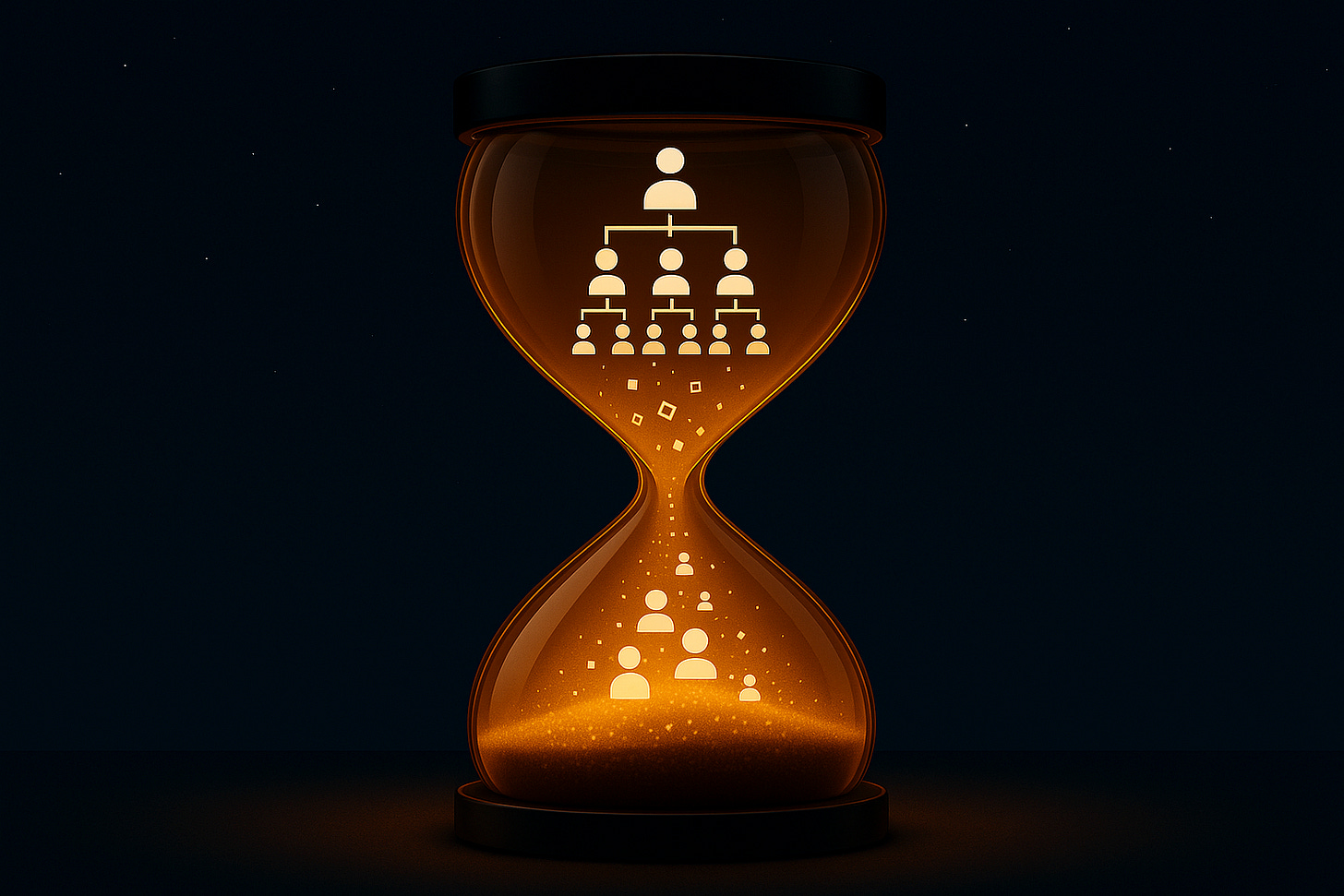There's a moment in most meetings when you realize the person with the answer isn't allowed to give it.
They know exactly what needs to happen. They've done this before. They understand the customer, the market, the urgency. But they can't act because someone who's never spoken to that customer, who hasn't looked at the data, who won't bear the consequen…
Keep reading with a 7-day free trial
Subscribe to The Expansion Effect to keep reading this post and get 7 days of free access to the full post archives.


